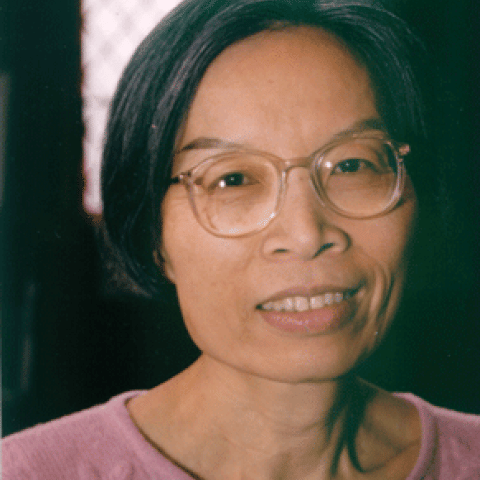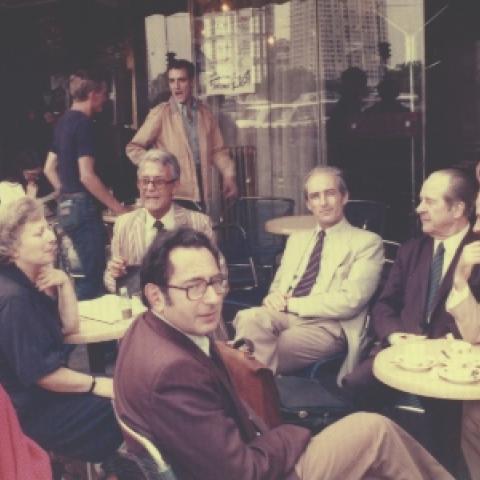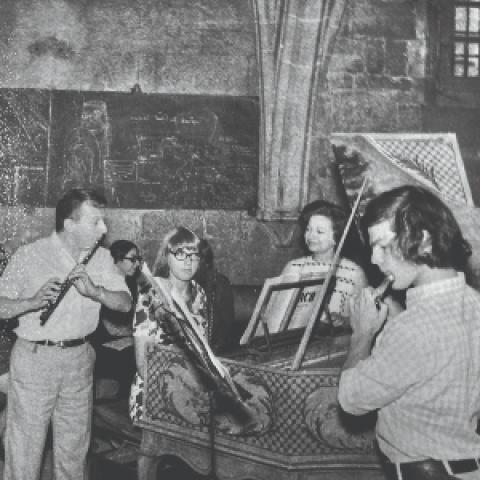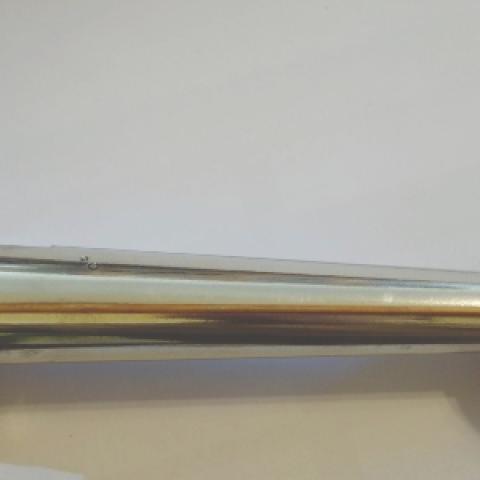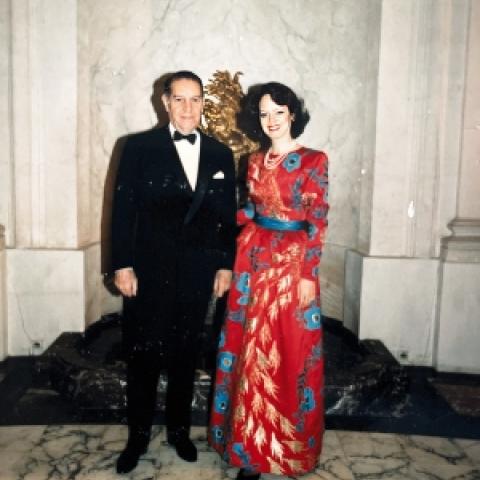
Edith June Ho
Edith June Ho, 88, died July 30. Born in 1932 in China and raised in Hong Kong and Singapore, early on she set her sights on emigration to the United States. She earned money for the journey playing piano recitals throughout Cambodia and Vietnam, and by 1955 she had landed in Baltimore. There Edith Ho earned first a bachelor’s degree in piano from Columbia Union College, and then at Peabody Conservatory a second bachelor’s and a master’s degree, before accomplishing doctoral work in organ with her mentor, Arthur Howes.
Edith Ho also sang alto in Howes’ choir at Mount Calvary Church, which gave an introduction to the future cornerstones of her passion: Anglo-Catholic liturgy, Renaissance polyphony, and neo-classical organs with mechanical action—thanks to the church’s 1961 groundbreaking instrument from Charles Fisk/Andover. Over the next decade, her career revolved around several organist-choirmaster positions in Baltimore; she also studied abroad with Helmut Walcha and Heinz Wunderlich, playing recitals along the way. In 1972 she moved to the United Church, New Haven, Connecticut. In 1977, Boston called.
Renowned for liturgy and music, the Church of the Advent had known eminent musicians, most recently George Faxon, Alfred Nash Patterson, John Cook, and Philip Steinhaus. Edith Ho was certainly a norm-breaking departure, and, as time would prove, a savvy choice for a fresh moment. For her, the job was practically heaven itself: an all-professional choir, weekly Solemn Mass with choral Mass setting and two motets, and a rigorous Anglo-Catholic liturgy. Lesser beings might have faltered when, six months in, the rector suddenly died. But Edith Ho—slight of stature yet towering of personality—had a focus and determination forged in steel. Steadily, she molded an ensemble of impeccable standard, through two weekly rehearsals in addition to Sunday morning warm-ups.
People took notice. Particularly before broad reverence for early music and the many choral groups that now serve it, the Advent Choir was one of few offering almost exclusively polyphonic music of the Medieval and Renaissance periods, in resolutely straight tone. The program was leavened occasionally by music of the Baroque and Classical periods and, even more occasionally, nineteenth- and twentieth-century Anglican repertoire. Her tenure saw thirteen choral recordings, many devoted to then-little-known composers such as Manchicourt and Crecquillon. As with Gerre Hancock at Saint Thomas Church Fifth Avenue, New York, Edith Ho saw the associate musician’s position as a stepping-stone to train the next generation, and many future names of importance revolved through the job.
With the appointment of Mark Dwyer in 1989, however, a true comrade had arrived. Dwyer remained twelve years and, after stints in Albany and Washington, returned in 2007 to succeed Edith Ho. By that time, her tastes had broadened a little (“My first Sowerby!” she proclaimed one Sunday in self-shock), but her standards and rigid perfectionism never budged.
Edith Ho stepped down on account of a heart condition, certainly not from any flagging of spirit or determination—qualities those who sang and played for her well remember. While other musicians stay away in retirement, making space for successors, Edith Ho could not imagine worshipping anywhere else and made the last pew her second home. On her final Sunday, this past July, she greeted parishioners and musicians as was her custom and then visited the Crypt Chapel where her ashes now reside. Her Requiem Mass was held September 11, to a full house and the ringing music of Tomás Luis de Victoria.
—Jonathan Ambrosino, Arlington, Massachusetts
Pierre Rochas
Pierre Rochas, 98, musician, musicologist, and organ specialist, died June 9. Born in 1923, he became a radiologist like his father, Antoine Rochas, a founding member of the French Society of Radiology, who had installed his clinic in Brignolles (in the Var) in 1902. After the Second World War, Americans helped him to rebuild his radiology clinic, which had been damaged during the war.
Passionate about organs, between 1958–1963 Pierre Rochas constructed a three-manual, 38-stop pipe organ tuned in unequal temperament for his home in Brignolles. Improvisations on the stops of this organ by Michel Colin were recorded for a CD that was included in Rochas’ small illustrated dictionary of organs, Le Petit Dictionnaire de l’orgue illustré, published in 1997 by Harmonia Mundi. His personal instrument collection also included a two-manual harpsichord and pianofortes by Sébastian Érard and Pleyel.
Pierre Rochas notably contributed to the efforts of restoration of multiple early French historic organs in Provence. In the 1960s, in collaboration with Henri Jarrié, a Dominican monk, and Bernard Coutaz, the founder of Harmonia Mundi, he established the series “The evenings of French music at Saint-Maximin” that featured the historic Jean-Esprit and Joseph Isnard organ (1772–1774) in the Royal Basilica of Saint Mary Magdalene at Saint-Maximin-la-Sainte-Baume.
In 1962, Rochas worked to found the French Organ Academy in the Royal Convent there. He promoted initiation of and wrote notes for the series of recordings Orgues historiques (Historical Organs) by Harmonia Mundi and supervised recordings of historic organs by René Saorgin, Francis Chapelet, Michel Chapuis, Helmut Winter, Marcel Pehu, among others. Rochas’ record jackets included richly illustrated documentaries of these instruments. Respectful of historic organs, he strongly encouraged detailed documentation of them by builders and technicians. With Michel Chapuis, he contributed to Pierre Chéron’s exemplary restorations of the historic organs in Barjois (1963), Saint-Chinian (1964), Cuers (1968), Roquemare (1969), and Lambesc (1970).
After 1985, Xavier Darasse asked him to teach a musicology course for the organ department at the Conservatoire National Supérieur de Musique in Lyon. He was also a corresponding member of the Commission Nationale des Monuments Historiques and the music association Arbeitkreis für Orgelfragen, founded by Helmut Winter.
Those who knew him remember his warm personality, kindness, and generosity to others. His passion for early historic organs has left a lasting impact on the organ world in Provence. His funeral took place at the Church of the Holy Savior in Brignoles on June 12.
—Carolyn Shuster Fournier, Paris, France

